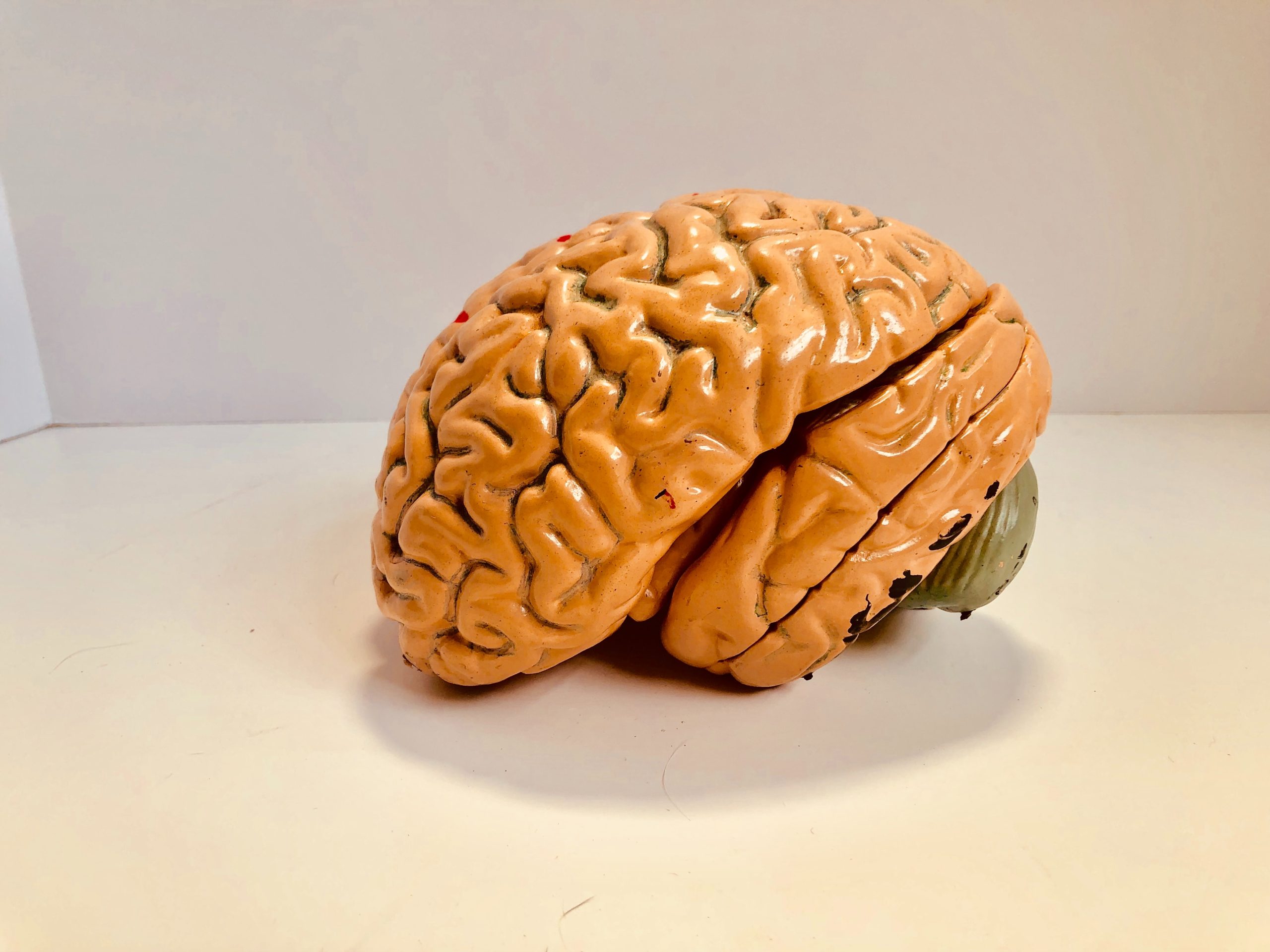As we become more aware of the long-term consequences of brain injuries, researchers and doctors are constantly striving to find new ways to prevent, diagnose, and treat these injuries. Here, we explore some of the latest advances in brain injury prevention and treatment.
Prevention is Key
The most effective way to treat a brain injury is to prevent it from happening in the first place. In recent years, a great deal of research has gone into identifying the risk factors for brain injuries and developing strategies to mitigate them. For example, athletes who participate in contact sports are at a higher risk of developing brain injuries, so sports organizations have started implementing new safety protocols to reduce the risk of head injuries. Additionally, researchers have found that wearing helmets during activities like biking and skiing can significantly reduce the risk of brain injury.
Early Detection is Crucial
When a brain injury does occur, early detection is crucial. Even mild concussions can have long-term consequences if left untreated. That’s why doctors are constantly developing new tools and techniques to quickly and accurately diagnose brain injuries. One promising new approach is the use of biomarkers, which are substances in the body that can indicate the presence of a brain injury. By measuring these biomarkers, doctors may be able to quickly diagnose brain injuries and start treatment before the injury has a chance to worsen.
Innovative Treatments
When it comes to treating brain injuries, there is no one-size-fits-all approach. Depending on the severity and location of the injury, doctors may recommend different treatments. Some of the latest advances in brain injury treatment include:
- Hyperbaric Oxygen Therapy: This treatment involves breathing pure oxygen in a pressurized chamber. The increased oxygen levels can help reduce inflammation and promote healing in the brain.
- Transcranial Magnetic Stimulation (TMS): This non-invasive treatment uses magnetic fields to stimulate nerve cells in the brain. TMS has been shown to be effective in treating depression and anxiety, but researchers are also exploring its potential for treating brain injuries.
- Stem Cell Therapy: Stem cells have the ability to transform into any type of cell in the body, making them a promising tool for repairing damaged tissue. Researchers are currently exploring the potential of stem cell therapy for treating brain injuries.
- Cognitive Rehabilitation: For many people with brain injuries, the road to recovery involves relearning basic skills like walking and talking. Cognitive rehabilitation programs are designed to help people regain these skills and improve their overall quality of life.
Ethical Considerations
While the latest advances in brain injury prevention and treatment are exciting, it’s important to remember that ethical considerations must always be taken into account. For example, the use of performance-enhancing drugs in sports can increase the risk of brain injuries, but using these drugs is also unethical and can put other athletes at risk. Additionally, some treatments for brain injuries may be expensive and out of reach for many patients, which raises questions about access and equity in healthcare.
Conclusion
Brain injuries are a serious public health issue, but the latest advances in prevention, diagnosis, and treatment offer hope for those who have been affected by these injuries. As researchers and doctors continue to explore new approaches to brain injury prevention and treatment, it’s important that we all stay informed and advocate for ethical and equitable healthcare practices.










